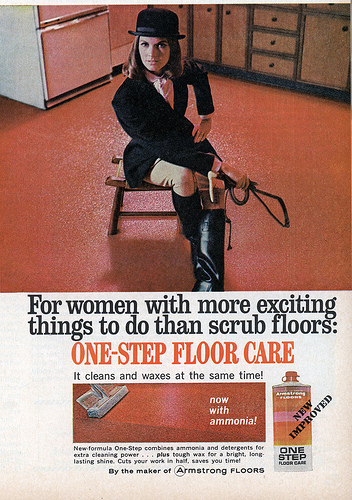NEW (Dec. ’09)! Ted K. sent in this contemporaneous commercial for Rice Krinkles:
[youtube]https://www.youtube.com/watch?v=Zs-P_u7taMI[/youtube]
Lisa Wade, PhD is an Associate Professor at Tulane University. She is the author of American Hookup, a book about college sexual culture; a textbook about gender; and a forthcoming introductory text: Terrible Magnificent Sociology. You can follow her on Twitter and Instagram.














